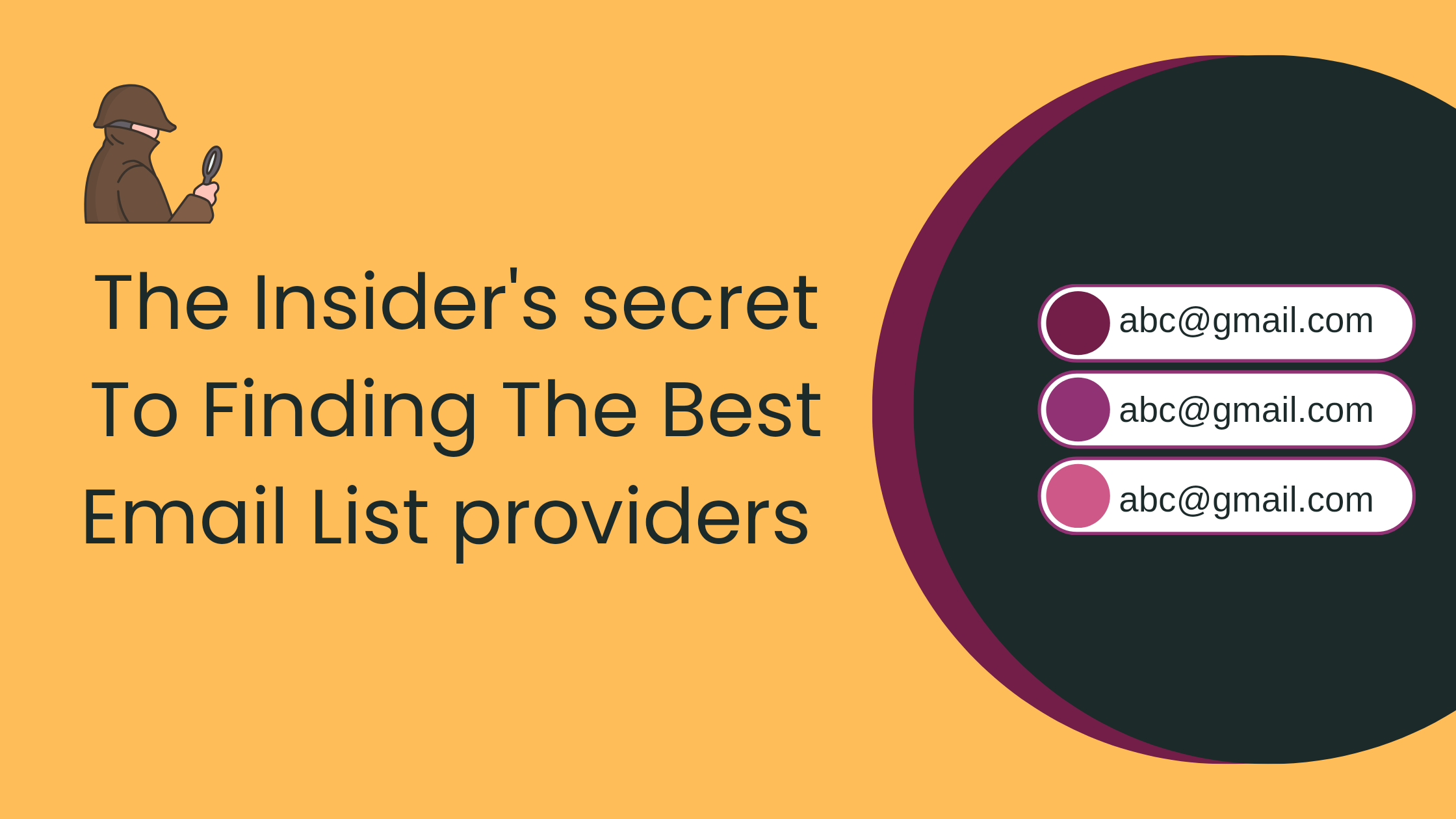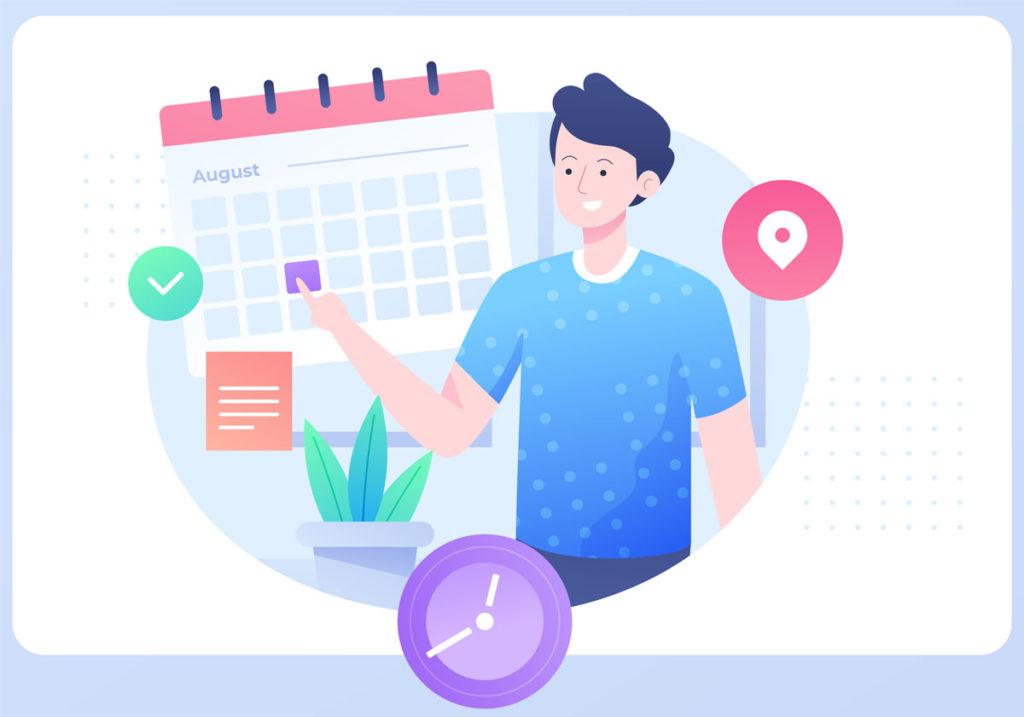The SaaS network is interwoven with thousands of complexities, including many dicey backend interactions, inter-platform integrations, and tricky data management algorithms. As you would expect, each of these complexities is a backdoor that can be exploited by cyber-ninjas targeting SaaS industries.
Believe us, these concerns are not far-fetched and can be justified by simply looking at the security survey conducted by Thales. According to the survey results, approximately 39% of cloud-based businesses experienced a security breach in 2023. We are talking about a staggering 4% increase from 35% in 2022. As for 2024, no one knows how the trend will go. But one thing is sure – you must suit up and proactively secure your SaaS network.
1. Create A Security Oriented Team
No matter how robust your SaaS defense lines are, they are bound to fail if those managing them are not security-oriented. For instance, imagine your employee using an unofficial internet network unprotected with a VPN to access the company’s SaaS database. Unsurprisingly, this can expose your SaaS network to cyber threats like Spoofing.
So, the first step to establishing good SaaS security is to ensure your organizational members – from execs to non-execs – are adequately fed on security concerns, trends, and preventive measures.
Concerns like unauthorized access, data breaches, Malware/Viruses, and Phishing should be explored. Employees must also understand insider threats due to weak access passwords and lack of system security updates.
From there, prep them on the following measures:
- Using only VPN-protected devices and networks to access the company’s database.
- Avoiding questionable website links.
- Reporting suspicious activities immediately.
- Double-checking security configurations to avoid human errors.Build A Security Crisis Management Plan (and simulate too)
2. Build A Security Crisis Management Plan (and simulate too)
There’s no foolproof SaaS security strategy, thanks to our ever-evolving technology and the inherent nature of SaaS networks. That’s why we advise setting up a crisis management plan, as it will come in handy whenever there’s a security emergency.
Security crisis management plans typically outline what employees should do when there is a data breach, network hijacking, or an active threat. At the same time, these plans coordinate everyone to work hand-in-hand instead of in silo or panic mode.
Also, you need to implement server-side security practices such as IAM protocols while also encouraging appropriate measures like network encryption software from reliable VPN providers on the user side.
In return, you can effectively neutralize the situation while minimizing data loss or averting breach. To ensure your management plan works well, you should simulate emergencies and see how your team responds. Then, use the report to build a sturdier approach.
3. Establish Internet Access Management Protocols
Internet access management (IAM) is a system that controls employees’ and third parties’ access to your SaaS platform.
Let’s say you have SaaS software with six layers. An IAM can help you assign six-layer access to executive members while assigning two-layer access to team members. So, anytime a team member tries to access resources from layer three, the system automatically denies them entry.
But why should it be an essential component of your SaaS security measures?
- IAM helps to prevent unauthorized access to certain resources. This is also an excellent way to avoid insider threats in case there’s a compromised employee.
- Tightly controlling users’ access also limits bandwidth consumption. That’s going to save you some bucks and help you invest your resources in the proper channels.
- 48% of businesses were unaware that a former employee could still access their corporate network. With an IAM system, you can easily prevent this and remove former employees’ access rights.
One exciting thing about IAM is that you can allocate system access rights based on roles (RBAC) or based on employee attributes (RBAC). As a good rule of thumb in the SaaS world, the Role-based Access Control model is much more achievable and allows for flexible access management compared to Attribute-based Access control.
4. Introduce SSO And MFA For Clients’ Accounts
According to Resmo, attackers find infiltrating easier when multi-factor authentication (MFA) is disabled. The same statistics showed that an average company – SaaS or not – has almost 4500 user accounts without MFA. This poses a massive risk to your SaaS software as cyber hackers can hijack your system through unsuspecting clients.
By combining Single sign-in options (SSO) and MFA, you don’t have to be worried about anyone easily slipping into your network through stolen login details. On the user side, these measures also provide easy logging in across different devices, and they don’t always have to cram bogus passwords.
5. Use Reverse Proxies For Double-layered Security
Anytime you surf the internet with your mobile phone, the browser sends a request through your IP address. This process exposes your IP address and allows others to use it to explore cyberattack opportunities. To prevent this, you can employ a normal or forward proxy to mask your original IP address with a substitute. That ensures cyber ninjas can’t spy or track the request back to you.
But the problem is forward proxies can only protect a user’s network. If you want something capable of masking your business network while serving as a request gateway, reverse proxies are the best.
A reverse proxy screens incoming requests from users to your SaaS platform anytime they commit actions such as logging in, requesting a resource, or uploading a file. If the request is suspicious, the proxy rejects it and alerts your security team to take action. If otherwise, it sends the request through.
6. Conduct Occasional Penetration Testing
Penetration testing, or pen testing, involves brute-forcing your SaaS security with different approaches to see if there is any lapse or loophole. Usually, you need to pay an external security agency to do this for maximum efficiency, but if you have the resources, you can conduct it yourself.
When conducting pen testing, use different IP addresses and see how your system reacts to them. That’s because cyber attackers often confuse SaaS systems by trying to log in from different locations. In this case, a forward or normal proxy does the job well.
Also, ensure you document every detail of each test for future evaluation and review.
7. Setup Data Backup And Recovery Measures
According to CIO’s report, only 44% of organizations have a functional data recovery measure for data breaches. That simply means the remaining 54% don’t have any concrete approach to recovering users’ data in case there’s a security incident. And we both know the consequences – tons of lawsuits with millions of dollars in fines.
When setting up a data recovery system, you can configure it to:
- Use a point-in-time data recovery. Preferably, each point-in-time recovery shouldn’t be more than 24 hours away from a possible data breach.
- Automatically schedule data backup. Also, adjust the backup frequency based on the number of clients you have.
These configurations ensure your clients don’t lose their customers’ data regardless of what causes a breach.
8. Continuously Review Your Security Measures
SaaS technology evolves every day, and so do security threats. The same security measures hailed as the gold standard decades ago can no longer hold a candle to random modern zero-day attacks.
So here’s a one-cent advice. Avoid costly and unnecessary security situations by continuously updating your security policies and protocols. Your website’s technical security, including SSLs and HTTPS, should also be accounted for.
Lastly, run occasional internal and external audits to determine issues that need quick fixing before they are exploited.
Conclusion
A single data breach can cost you two years’ revenue in settlement. That’s not to mention the risk of losing valuable clients, losing credibility in the SaaS industry, and waking up to a crippled business. To be honest, the consequences are too significant to ignore, and it’s precisely why you need to invest in the best security practices for 2024.
When formulating your SaaS security plans, prioritize creating a security-oriented team first. Then, follow up with designing an effective security crisis management outline and running some simulation tests to determine efficiency. You should also establish IAM for access control, MFA to secure user login, reverse proxies to screen incoming traffic requests, and penetration testing for loopholes in IT architecture.
Don’t forget to set up a data backup and recovery system, as that determines the success of your security measures. Then, continuously review your practices to ensure they are up-to-date with the current trends.








